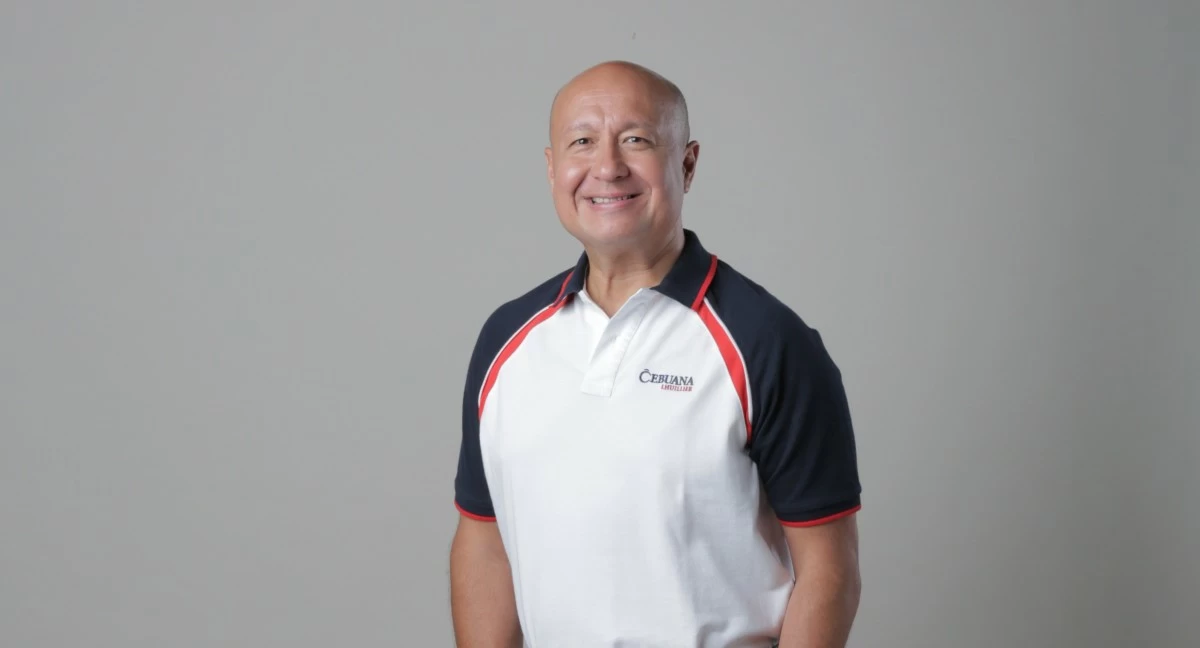
Upgrade to High-Speed Internet for only ₱1499/month!
Enjoy up to 100 Mbps fiber broadband, perfect for browsing, streaming, and gaming.
Visit Suniway.ph to learn
SAMAL ISLAND, Davao del Norte— Living on an island is a dream for many city folks. The crisp air, vibrant trees, and gentle waves promise paradise. But can it still be called paradise when electricity is unreliable?
The country, despite being known for its beaches, is still plagued with power strains; most islands are considered off-grid and will need help getting better power connections from their respective mainlands.
Take, for instance, Samal Island in Davao del Norte: a 301.3 square kilometer island, emerging as a tourist destination. Brownouts, however, are a common nuisance for the area, which affects the way of living and tourism.
In an interview with Samal Mayor Lemuel Reyes, he discussed that Samal is set to welcome more tourists next year. According to Reyes’ team, the island has recorded around two million guest arrivals in 2024, and is anticipated to double by 2026 once its power situation has stabilized.

Samal Mayor Lemuel Reyes
“Electricity is really our problem here. [Energy] goes hand-in-hand with water. Because if there’s no electricity, we don’t have water too. There are days when we experience brownouts,” he told reporters.
The Samal Mayor attributed the fluctuating power to the reliability of its eight generator sets, as the island primarily sources its power from these systems. He added that there are times when only four gensets are functional, and because of this, residents and guests are said to experience 30 to 50 minutes worth of power outages daily.
“[Gensets] are not good for our environment. It’s not a reliable source of electricity,” he added, citing that the city hall has invested in more water developments; however, pumping stations will still need reliable power.
“The problem is, when we have more guests, they don’t stay for more than one or three days. It’s a big loss for our tourism sector. For example, [some people] book a place for three days. But after one day, they leave because the electricity is not good.”
Anticipating the growth of non-island visitors, Reyes is also hoping to reduce investor reluctance, especially as more hotels, resorts, and hospitals look to expand their businesses to Samar. Currently,
The city hall itself has attempted to reduce its reliance on the electric cooperative (EC), as the facility utilizes 400 kilowatts (kW) worth of solar power during the daytime. According to the Mayor’s team, they are saving about ₱220,000 monthly because of solar.
The island's Mayor expects that, despite these challenges, the power situation will improve next year as they are looking forward to shifting their distributor from EC to a distribution utility (DU). This would mean less reliance on gensets, and be able to welcome submarine cables. Reyes stressed that if the island is only reliant on fluctuating gensets, this could translate to even higher power costs, as residents are paying higher than ₱10 per kilowatt-hour (kWh) on average.
Power costs are anticipated to go down to as low as ₱9/kWh, as promised by the incoming DU, Davao Light and Power Corporation (DLPC).
“Once the [Samal Island-Davao City connector] bridge is completed by 2028, more people will come in. More cars will come in, too,” he added.
The Samal Island-Davao City connector project would link Davao City and Samal via a 4.76-kilometer (km) bridge, and is projected to accommodate around 25,000 vehicles daily. Currently, the area is only accessible via boat ride.
Reyes said that DavaoLight is set to come in within this month or the first week of November to help with the power strains.

 10 hours ago
1
10 hours ago
1



